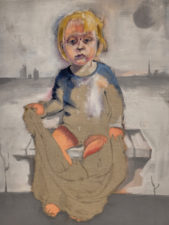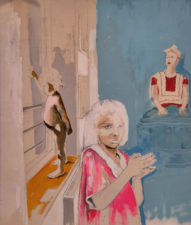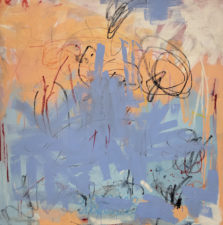Many artists now understand that running their operations in the NFT landscape can be exhausting. It involves creating art, managing auctions, handling outreach and relationships with collectors, being available for interviews, and many different things. This is partly why NFT art galleries are of great use. A figure that has mediated the art space for a long time can still wrestle itself into relevance in Web3. Not only that, they are necessary for an artistic career, and they can produce appealing exhibitions for the enjoyment of the wider public.
But apart from making an artist’s life much easier, there are some things an NFT art gallery can do that a regular gallery can’t. And so, we must consider that NFT art galleries are already changing the art industry, particularly in how we interact with art.
Whether you are an artist or a collector, you should clearly understand what an NFT art gallery can do for you. Here are some of those things.
Bigger audiences
The Internet —whether in Web3, Web 2.0, or Web 1.0 versions— dissolves the geographical barriers one might encounter when doing business. It is much easier to connect with someone from the other side of the world and sell or buy something from this person if you do business online. This is the case with NFT art, where artists can now sell digital artwork as image, audio, or video files and get paid. An NFT art gallery can take part in this paradigm as well, allowing people from all over the world to see curated exhibits from different artists who can be from different geographies too.
In short, NFT art galleries can help collectors from all over the world access a diverse pool of artists from all over the world as well.
Enhanced exhibitions
If you think of a real-life exhibition, there are many things you can do to tell a story or enhance the aesthetic experience. However, regardless of the creative prowess the curator might have, there are limits to what you can do within the physical reality. You can find yourself constrained by the space. Gravity can be another limiting factor. Things change when you go online. And when you step inside the Metaverse, almost anything is possible in an exhibition. And although artists can manage their own exhibits if they want to, who is in the game of exposing and curating art, and has all the incentives to make them? The answer is simple: NFT art galleries.
In short, the exhibitions you see in an NFT art gallery will not be the same as a traditional gallery, and that’s worthy of consideration. Today, people can create an NFT artwork with views to an exhibition that promotes interactivity and other tech-related attributes.
Monetization
An NFT art gallery can be a different avenue for monetization and revenues. Because if an artist fails to sell an NFT, the technology allows for many things to be done with the asset. One such thing is renting. So, the artist can rent out the NFT to a gallery for its viewing if the art gallery charges entrance fees.
Also, if the artist is open to it, a collaboration can happen where the gallery helps the artist sell the artwork. All you have to do is agree on how much each party will get from the sale and whether secondary sales royalties will be programmed into the NFT.
Experimentation
Part of the role of an NFT art gallery (and a curator, for that matter) is to encourage innovation and experimentation within the arts. An individual artist can experiment, but through exhibitions, you can unleash the power of what is truly possible with the new technology available. VR and AR experiences, interactive web-based art, and generative art can all be used to create unique expositions.
NFTs allow many types of mediums to be incorporated into a single experience. Audio, video, painting, digital art, and photography can be fused to create a unique experience that, perhaps, wouldn’t be available without Web3 technology. The blurring of artistic disciplines (so long as it is done with an aesthetic or narrative vision) counts as experimentation and innovation. Digital and computer technology has made it easier for artists to create these artworks, and Web3 allows you to monetize them.
NFT art galleries should allocate part of their budgets to experimentation and innovation.
More engagement and collaboration
If we continue from the previous point, it is possible to innovate by having different artists collaborate. NFT art galleries can commission a collaborative project from two artists that make sense to put together on an artistic endeavor. These can be cross-disciplinary collaborations, again opening up the possibility of bridging various artistic disciplines.
A gallery is often the place where workshops and discussions can happen. In the Web3 and NFT space, an NFT art gallery can support its up-and-coming artists by having other experienced creators share their knowledge. You can even have collectors vote on an upcoming exhibition’s theme or invite the general public to support future expositions through crowdfunding.
As a place where people appreciative of art come together, NFT art galleries are highly relevant. Both, as a market player —where you can buy art, as a collector, or sell if you are an artist— and an open art forum where knowledge is shared. All these attributes allow these places to become indispensable in the art world, regardless of their size. SOPRG, for example, is one such NFT art gallery pushing the limits of what can be considered an exhibition. As such, they have a parcel in the Somium Spaces Metaverse that you can visit every day of the week, 24 hours a day. From this place, they host conversations and virtual auctions so that collectors and artists can interact without the traditional barriers that have limited them in years past.
Painting by Mrs. Slunéčková – you can buy the NFTs via our shop.





